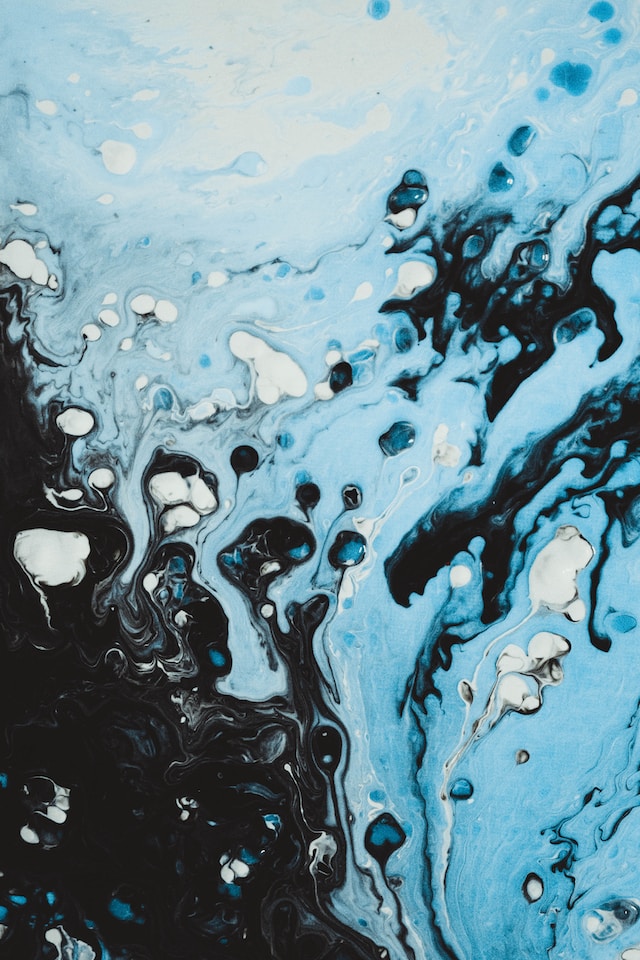Resin art, with its mesmerizing glossy finishes and captivating depth, has gained immense popularity in recent years. If you’re a budding artist or simply someone intrigued by the allure of resin, this beginner’s guide will provide you with the essential knowledge to get started on your resin art journey.
What is Resin Art?
Resin art is a form of mixed media art that incorporates epoxy resin as a key medium. Epoxy resin is a two-part compound consisting of a resin and a hardener. When these two components are mixed together, a chemical reaction occurs, resulting in a hardened, clear, and glossy surface. This unique characteristic makes resin an ideal medium for creating stunning, glass-like finishes on artwork.
Resin art is incredibly versatile and can be applied to a variety of surfaces, including canvas, wood, glass, and more. Artists often use resin to create abstract art, geode-inspired pieces, jewelry, and functional items like tabletops or coasters.
Materials Needed for Resin Art
Before you embark on your resin art journey, gather the essential materials:
1. Epoxy Resin and Hardener:
Choose a high-quality epoxy resin and its corresponding hardener. Brands like ArtResin, Pro Marine Supplies, and EpoxyMaster are popular choices. Follow the manufacturer’s instructions for mixing ratios and curing times.
2. Protective Gear:
Safety first! Wear gloves, safety goggles, and a respirator mask to protect yourself from resin fumes and skin contact.
3. Mixing Tools:
You’ll need mixing cups, stir sticks, and a heat gun or torch to eliminate air bubbles from your resin.
4. Canvas or Substrate:
Select the surface you want to work on. Canvas, wood panels, or silicone molds are common choices.
5. Pigments and Inks:
Acrylic paints, alcohol inks, or resin-specific pigments can be used to add color to your resin art. Experiment with various color combinations for unique effects.
6. Brushes and Tools:
For applying pigments or creating texture, have brushes, palette knives, and other tools on hand.
7. Leveling Tools:
Ensure your work surface is level by using a leveling tool or shims. This prevents your resin from pooling on one side.
8. Protective Covering:
Cover your workspace with plastic or a drop cloth to catch any spills or drips.
Basic Techniques for Resin Art
Now that you have your materials ready, let’s explore some basic techniques to start your resin art journey:
1. Preparation:
- Set up your workspace in a well-ventilated area.
- Ensure your substrate is clean and free from dust and debris.
- Measure and mix your epoxy resin according to the manufacturer’s instructions.
2. Pouring:
- Pour a thin layer of resin onto your substrate.
- Use a spreader or a gloved hand to evenly distribute the resin, covering the entire surface.
3. Adding Color:
- Mix resin pigments or acrylic paints into small cups of resin.
- Pour and spread the colored resin onto your piece. Experiment with different techniques like pouring, dripping, or layering to create unique patterns.
4. Manipulating:
- Use heat from a heat gun or torch to remove air bubbles that may have formed in the resin.
- Tilt your canvas to allow the resin to flow and create organic patterns.
5. Creating Texture:
- While the resin is still wet, you can add texture using tools like palette knives or brushes.
- Create depth and dimension by layering resin with pigments.
6. Curing:
- Allow your resin artwork to cure for the recommended time, typically 24 to 72 hours.
- Keep your piece in a dust-free environment during curing to avoid imperfections.
Resin art requires patience and practice. Don’t be discouraged if your first attempts don’t turn out as expected. Experiment, learn from your mistakes, and embrace the unpredictable nature of this medium.
Conclusion
Resin art is a captivating and rewarding form of artistic expression. With the right materials and techniques, you can create stunning pieces that showcase your creativity. As you become more familiar with resin art, you can explore advanced techniques, incorporate various additives like glitter or dried flowers, and develop your unique style. So, gather your materials, put on your safety gear, and let your imagination flow as you dive into the world of resin art.


Leave a Reply